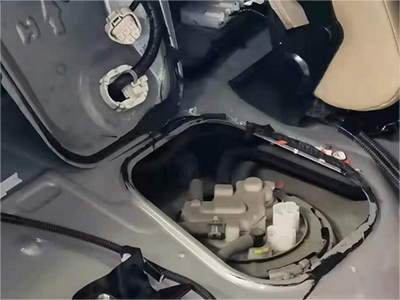Fuel Pump Installation Methods
Fuel pumps can fail due to various reasons, and it is recommended to determine the cause before replacing the fuel pump. If the failure is due to contaminants or debris in the fuel system, it should be cleared before installing a new fuel pump. Always test the old fuel pump to ensure that the issue lies with the pump itself and not any other component of the engine's fuel system.
Replacing a Mechanical Fuel Pump:
1. Remove the inlet and outlet hoses from the old fuel pump and plug them in to prevent fuel loss.
2. Loosen the two mounting bolts/nuts securing the fuel pump to the head/block. Check which side the rocker's arm operates under the lobe on the camshaft. Remove the fuel pump.
3. Install the new fuel pump, ensuring that the camshaft lobe is in the correct position when the fuel pump rocker arm is installed. This will ensure that minimal force is applied to the rocker's arm and the fuel pump diaphragm is not damaged during installation. Check all relevant connections and fittings for any leaks.

Replacing an Electric Fuel Pump:
Place the vehicle on a level surface indoors; turn the ignition switch to the OFF position; engage the parking brake, block the wheels, clean up any debris inside the vehicle, and place a fire extinguisher within easy reach!
Remove the rear seat cushion;
Locate the position of the fuel pump. The fuel pump can be inside the fuel tank itself, outside the fuel tank, or in the engine compartment.
1. Remove the fuel pump and fuel lines. Inspect and clean the surrounding area, making sure to remove any contaminants and/or foreign objects.
2. Open the engine end of the fuel line and blow out any foreign objects in the fuel line. Install the new fuel pump and fuel filter, and reconnect the fuel line.
3. Fill the fuel tank with uncontaminated fuel. Optionally, use a fuel pressure testing device to ensure that the fuel pressure and flow are within the required specifications. Remove all used testing equipment and carefully inspect all relevant connections and fittings for any potential leaks.
Then install the rear seat cushion.
Tip 1: Check your fuel hoses and pipes for defects approximately every three months.
Tip 2: It is recommended not to drive a vehicle with a fuel level lower than 20% of the fuel tank capacity. This will minimize the risk of contaminants and water residue damaging the fuel system.













